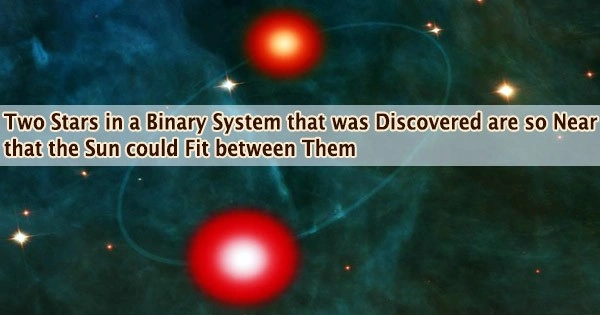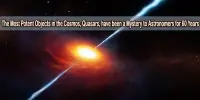A small group of astrophysicists from the University of Amsterdam, the California Institute of Technology, and the Massachusetts Institute of Technology Kavli Institute for Astrophysics and Space Research have found a binary system that contains that are so small and close together that they might fit inside the sun. The team has submitted a paper describing their findings for publication in The Open Journal of Astrophysics; currently, it is posted on the arXiv preprint server.
A binary star system, also known as a double star system, is a stellar system that consists of two stars that orbit around a common center of mass due to their gravitational attraction to each other. Binary star systems are quite common in the universe, and they come in various forms, depending on the characteristics of the stars and their orbits.
The distance between the two stars, a brown dwarf and a red dwarf, is about 457 light-years, which is thought to be relatively close. The team has named the system ZTF J2020+5033. Data from the Zwicky Transient Facility revealed that the two stars spin around each other in a 1.9-hour orbit by far the closest orbit every recorded for a brown dwarf.
Because they hardly qualify as stars and resemble incandescent planets instead, brown dwarfs are unusual in the cosmos. However, hydrogen cannot start fusion in their cores despite their size. They are therefore quite faint, which makes them challenging to see and study.
Finding one in a binary system with a red dwarf, according to the research team, should aid in learning more about brown dwarfs.
The researchers found that the red dwarf is small for stars in its category, with a radius of just 17.6% that of the sun and a mass just 13.4%. The brown dwarf, however, is large for its category. Despite having an 80.1 times more mass than Jupiter, it has a radius that is nearly same.
The research team also discovered evidence that the binary system is very old and that the two stars were probably formerly bigger and closer to one another. The information also suggested that the two stars will probably keep approaching one another.
Binary star systems come in a wide range of configurations, including stars of different sizes and masses or stars of similar characteristics. They provide valuable insights into the nature of stars, their masses, and the laws of gravitational attraction.
The brown dwarf, which has a stronger surface gravity than the red dwarf, will eventually start stealing material from it as they progress.
The research team intends to continue investigating the binary system in an effort to find out more about brown and red dwarfs as well as how such a system could have formed.
















